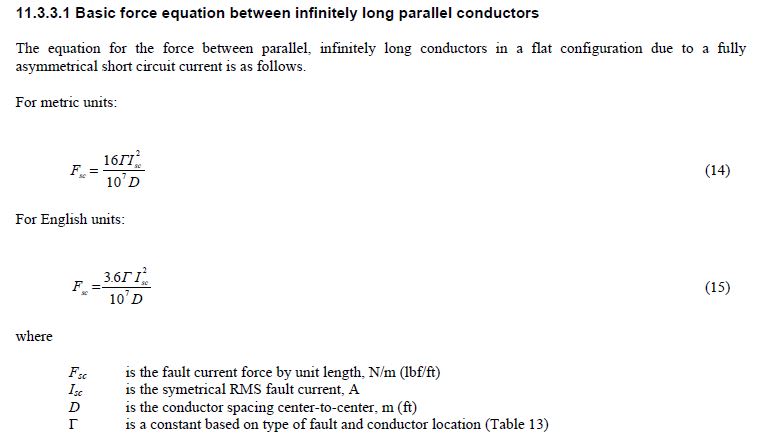FL_Sem
Structural
- May 8, 2018
- 29
Hello,
I've never done a substation structural design before but will be doing so very soon. How do we convert a current provided by an EE into a structural load? What are the codes to be followed?
Thanks.
I've never done a substation structural design before but will be doing so very soon. How do we convert a current provided by an EE into a structural load? What are the codes to be followed?
Thanks.

